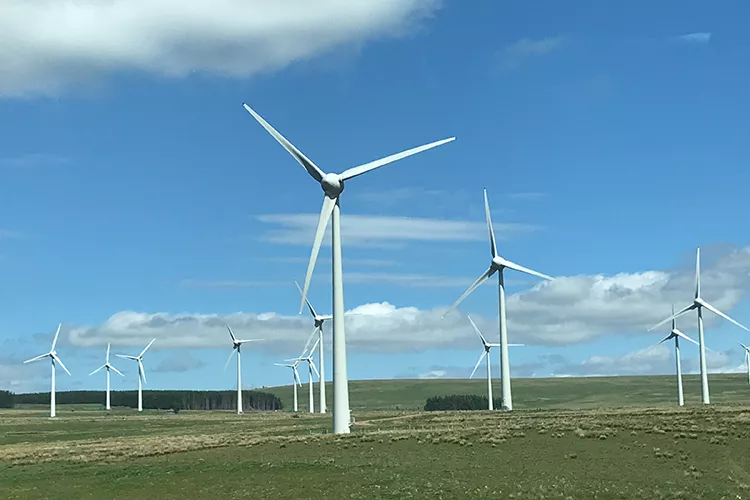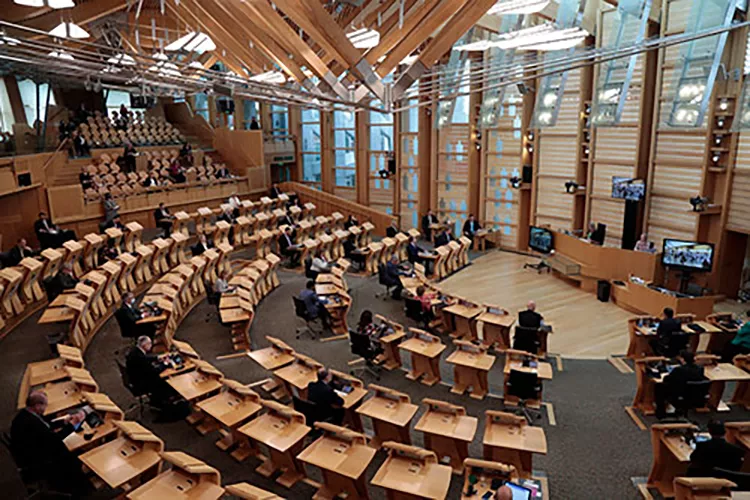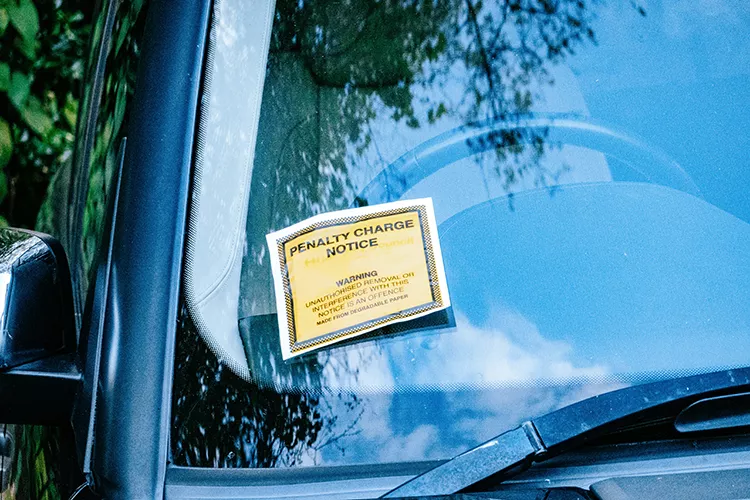
A proposed wind energy hub on land north-east of Peebles is set to generate more than £17m in community benefits over its lifespan, it has emerged.
Belltown Power UK has lodged an application with the Scottish Government’s Energy Consents Unit for 13 turbines with maximum tip heights of 200m and a total capacity of approximately 85.8 MW, in addition to a battery energy storage facility on site.
This wind energy hub will contribute to Scotland’s renewable energy targets and help balance the grid as it continues to de-carbonise.
Located approximately 4.5km north-east of Peebles on a ridge encompassing Dunslair Heights, the proposed site currently comprises commercial forestry and a small area of open moorland within the Leithenwater valley area.
The proposal has been lodged following a 12-month long public consultation that included a series of public exhibitions and meetings with community councils, other local community organisations, local businesses and residents.
Belltown have also consulted with statutory bodies including NatureScot, Historic Environment Scotland and Scottish Environmental Protection Agency.
Some 539 people attended the public exhibitions held in April and November last year and Belltown received over 600 feedback forms.
Analysis of that feedback shows that nearly three quarters of local people (74 per cent) agreed that the proposed site is suitable for a wind farm. Support for onshore wind more generally is strong in the area, with 81 per cent of respondents expressing approval for onshore wind farms.
Speaking about the project, Peter Thomas, senior development manager at Belltown, said, “We would like to thank everyone who has taken the time to respond to our consultation and to give us their views over the past year. This has been invaluable in helping us shape our final proposals and in understanding local people’s priorities.
“We will work together with the local community and the landowners to deliver a project that maximises local benefits and clean energy, whilst sympathetically protecting and enhancing the natural environment.”
Belltown will provide the local community with £5,000 per MW installed per year (index linked) of Community Benefit for the lifetime of the project.
Based on the current proposal, this has the potential to generate approximately £420,000 a year for local communities every year, for the 40-year lifetime of the project -totalling £17.2m based on a 40-year operational life.
The public consultations found that two thirds of respondents would like the community benefit funds to be put towards the improvement of local facilities.
Should the proposal be consented, Belltown will aim to start construction in 2026. The company offers a procurement policy that favours local contractors to ensure they and local suppliers benefit from the project.
As a Section 36 project, the application will eventually be determined by Scottish Government Ministers with Scottish Borders Council as a key consultee.
People have until June 3 to make formal representations to the Government about the proposal via email to the ECU mailbox at representations@gov.scot ; or by post to the Scottish Government, Energy Consents Unit, 4th Floor, 5 Atlantic Quay, 150 Broomielaw, Glasgow, G2 8LU, identifying the application and specifying the grounds for representation.


Plans to create a new East Lothian constituency for the Scottish Parliament and call it ‘Lothian Eastern’ have been described as ‘dumb’ and ‘just bad English.’
Boundaries Scotland revealed revised proposals to create an additional seat for future Scottish Parliament elections last week, which would see the East Lothian towns of Musselburgh, Tranent and neighbouring village Elphinstone merged with part of the east of Edinburgh.
And they scrapped plans to leave the remainder of the county seat called East Lothian, instead renaming it Lothian Eastern.
A meeting of East Lothian Councillors this week condemned the proposals with one Tranent councillor accusing the boundary commission of ‘throwing their toys out of the pram’ after they were forced back to the drawing board.
Colin McGinn told the meeting: “Tranent and Elphinstone are an integral part of East Lothian and they should remain together as part of an East Lothian constituency, of that I have no doubt.”
Original proposals from Boundaries Scotland, which is the name for the Boundaries Commission for Scotland, had been to add Prestonpans into the current Midlothian North and Musselburgh constituency and leave the remainder of the county seat as East Lothian.
However, following a public hearing in December that plan was scrapped.
Councillor Fiona Dugdale brought a motion to council asking the leader to write to the commission objecting to the plans to merge Musselburgh and Tranent and Elphinstone into a new seat and rename East Lothian.
She said: “From what I have seen and heard people are both shocked and disappointed, as am I. I believe the redrawing of constituencies to meet the numbers quota must take heed of the history and ties and the sense of belonging within our communities.”
Councillor Lachlan Bruce told the meeting: “Something I agree on is the name Lothian Eastern is just a bit dumb, to be honest.
“It seems to make us just a part of the Lothians rather than a place with our own identity and our own communities. It is also a terrible use of the English language.”
Councillor Bruce suggested one option could be to ‘twin’ Midlothian and East Lothian to create three constituencies of a similar size within the two counties.
He said: “They would be on the smaller end of the quotas but it would align us with a similar area at a time when we are seeing growth.
“Midlothian is a lot like us and our communities much more so than anything to do with the city.”
Council leader Norman Hampshire agreed with opposing the changes.
He said: “We need to make a challenge here, we did when the first proposal came out trying to put Prestonpans into Musselburgh and Midlothian North with a bit of Edinburgh.
“Now they have taken Tranent out and joined it with a massive bit of Edinburgh, there are 26,000 people in the east Edinburgh seat and 32,000 in the East Lothian part of it.
“The MSP will be dealing with the massive City of Edinburgh Council and East Lothian Council and it is just not compatible. There is a way to do it with Midlothian and East Lothian and having maybe three MSPs dealing with that area rather than joining us in with Edinburgh. It is not a good match for people of Musselburgh or Tranent.”
Councillors agreed unanimously to instruct the council leader to write to the commission objecting to the changes and calling for a rethink.


A consultation has opened seeking the views of Borderers on parking and parking enforcement specifically in town centres across the region.
Scottish Borders Council is keen to gauge public opinion as its officers examine the possibility of taking over responsibility for the enforcement of on-street parking regulations in the region from Police Scotland.
Known as Decriminalised Parking Enforcement (DPE), it enables a local authority to enforce its own parking policies, including the issuing of Penalty Charge Notices (PCNs) to motorists breaching parking controls in specified areas.
By taking part in this consultation it will help the council get a better understanding of the public’s opinion on decriminalising parking in the Scottish Borders.
The consultation is open until 31 May and can be accessed at HERE.
Midlothian, Edinburgh and East Lothian decriminalised parking a number of years ago.